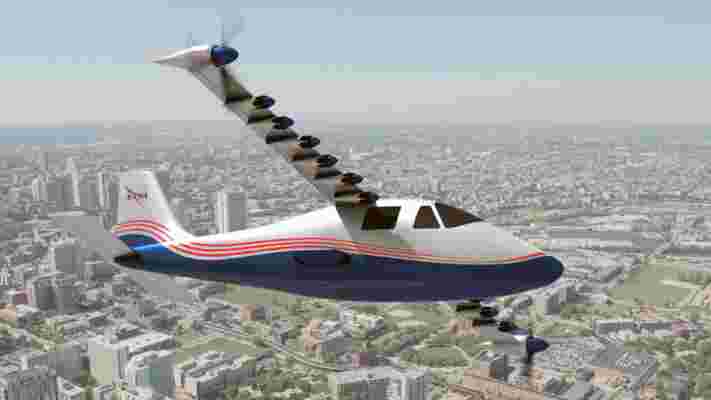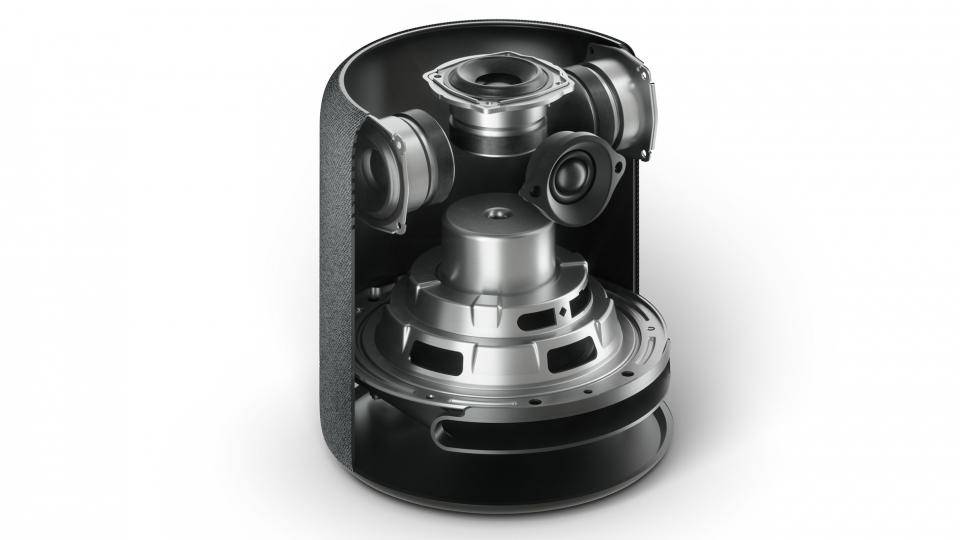NASA is pushing the limits of aviation by planning tests of an experimental electric airplane, which, if successful, could result in significantly reduced carbon emissions for future air travel. The plane, officially called the X-57, gives support to trends that suggest gas-fueled engines will eventually be a thing of the past. News of the testing is extremely encouraging given that flights worldwide produced some 847 million tons in 2015, according to the nonprofit Air Transport Action Group. NASA’s new plane will have 14 motors, built into the wings, that will be powered by batteries only, eliminating all carbon emissions. Once the plane is off the ground and reaches its cruising altitude, two large propellers on each wing tip will maintain the speed—the craft will require five times less energy than others its size to cruise at 175 m.p.h. The plane will not only be an eco-friendly aircraft in terms of carbon emission, but one that doesn’t create much noise pollution, either.

In the early 2000s, NASA began experimenting with the X-43A, a pilotless plane that accelerated to almost 7,000 m.p.h., setting a world record for a jet-powered aircraft. NASA's current project won't change commercial air travel anytime soon, but the agency is hoping to lead the way for private companies like Boeing to develop crafts using similar technology.









